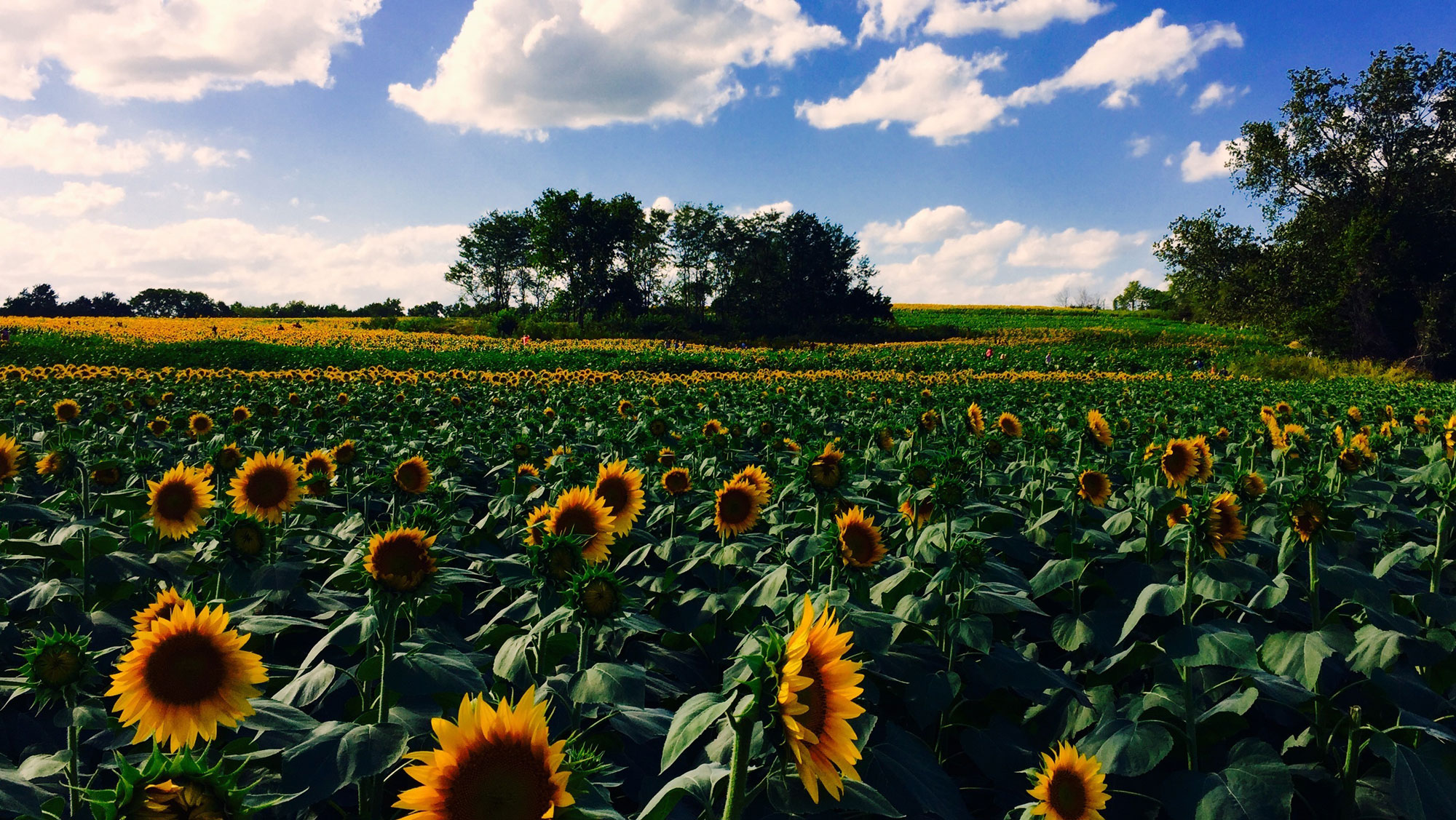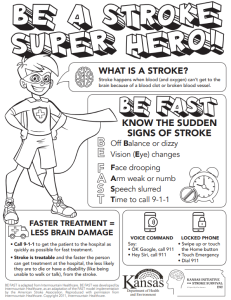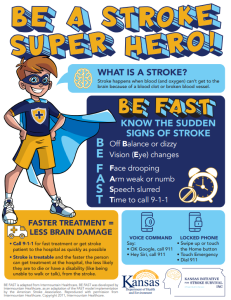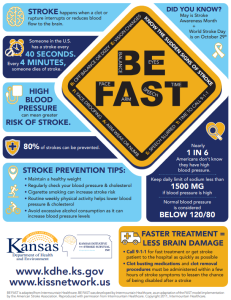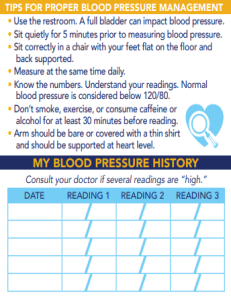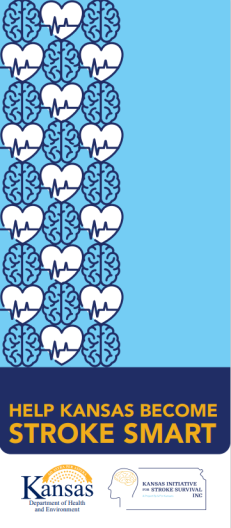The Kansas Initiative for Stroke Survival encourages hospitals, Emergency Medical Service
(EMS) providers, and other patient care areas to promote stroke signs and symptoms and BE FAST.
(EMS) providers, and other patient care areas to promote stroke signs and symptoms and BE FAST.
Below you will find suggested posts and tweets. Remember to add
hashtags and social media handles where appropriate.
hashtags and social media handles where appropriate.
- Recognize the signs and symptoms of a stroke. #BEFAST #stroke
- If you or someone you know exhibits signs of a stroke quick treatment is critical. Call 911
Time is brain! #BEFAST #stroke - Did you know? Stroke is the fifth leading cause of death in the U.S. @CDCgov #stroke
- Did you know? Someone in the U.S. has a stroke every 40 seconds. Learn more stroke facts at the Centers for Disease
Control and Prevention (CDC) website(link is external). #stroke - More than 795,000 people in the U.S. suffer a stroke every year. Learn more stroke facts(link is external). #stroke
- Risk for stroke increases as you get older, but they can occur at any age. Learn more stroke facts(link is external). #stroke
- Stroke patients who are transported to the emergency room by EMS receive more timely care.
#stroke - Check out this interactive map from
@CDCgov(link is external) to see how stroke statistics vary in your state. #stroke - Do you have high blood pressure or high cholesterol? Managing these conditions can help
reduce your risk for stroke. Talk with your primary care provider! @CDCgov @MillionHeartsUS
#stroke - Managing medical conditions like obesity and diabetes can help reduce your risk for stroke.
Talk with your primary care provider!; @CDCgov @AmDiabetesAssn @JDRF #stroke - Avoiding smoking and second hand smoke can help reduce your risk for stroke. Talk with your
primary care provider! @CDCgov #stroke - A healthy diet can help reduce your risk for stroke. Limit your sugar and salt intake, and
make sure to eat lots of fruits and vegetables. @CDCgov #stroke - Increasing your physical activity and maintaining a healthy weight can help reduce your risk
for stroke. @CDCgov. #stroke - Learn tips for physical
activity and healthy nutrition habits(link is external) from @AmDiabetesAssn to help
reduce your risk of stroke. #stroke - Increasing your physical activity can help reduce your risk for stroke. Learn healthy tips and tricks(link is
external) from @CDCgov #stroke - Maintaining a healthy diet can help reduce your risk for stroke. Learn healthy tips and tricks(link is
external) from @CDCgov #stroke - Learn the ABCS of stroke prevention and lower your risk: take Aspirin, control your Blood
pressure and Cholesterol, and quit or don’t start Smoking. Learn more at Million Hearts®
#stroke
The University of Kansas Health System:
National EMS Week Posts
- A timely arrival to an emergency department is crucial to having a better stroke outcome.
EMS personnel provide that quick transport and emergency medical care #NationalEMSWeek - EMS providers are ideally the first contact a stroke patient has with medical professionals.
They have the potential to have a huge positive impact on long-term patient outcomes. Thank
your favorite EMS provider during #NationalEMSWeek!
Drop-In Announcement for Newsletters
Share this text in your e-newsletter, blog, or other publications to
raise awareness about stroke in your community. October 29th is World Stroke Day or May is
Stroke Awareness Month, a time dedicated to raising awareness about stroke signs, symptoms, and
risk factors.
raise awareness about stroke in your community. October 29th is World Stroke Day or May is
Stroke Awareness Month, a time dedicated to raising awareness about stroke signs, symptoms, and
risk factors.
Stroke is a leading
cause of death and disability in the United States—but it doesn’t have to be. Stroke is
preventable and treatable. Visit the Paul Coverdell National Acute
Stroke Program (link is external) website to learn more about improving stroke care in
communities nationwide
cause of death and disability in the United States—but it doesn’t have to be. Stroke is
preventable and treatable. Visit the Paul Coverdell National Acute
Stroke Program (link is external) website to learn more about improving stroke care in
communities nationwide
Community Powerpoints and Printable Resources
These Powerpoints can be used for teaching in the community
about how to spot a stroke, coloring pages, and a stroke simulation toolkit. Printable or
orderable resources are also available to have hand outs available for patients, families and
community members.
about how to spot a stroke, coloring pages, and a stroke simulation toolkit. Printable or
orderable resources are also available to have hand outs available for patients, families and
community members.
Hashtags and Social Media Handles
Sample social media messages (Facebook, Twitter, Instagram
& other social media venues)
Hashtags and twitter handles to use:
& other social media venues)
Hashtags and twitter handles to use:
- #Stroke
- #WorldStrokeDay
- #StrokeAwarenessMonth
- #BEFAST
- #YourSpecificOrganization
- #YourSpecificEMSAgency
- #NationalEMSWeek
- @CDCgov
- @WorldStrokeOrg
- @WStrokeCampaign
Check with the Centers of Disease Control(link
is external), World Stroke Association(link is
external) and American
Heart/American Stroke Association(link is external) via their websites. Many times they
have campaigns each year to share and create awareness of stroke. These campaigns come with a
variety of hashtags, social media handles, banners and images for public use.
is external), World Stroke Association(link is
external) and American
Heart/American Stroke Association(link is external) via their websites. Many times they
have campaigns each year to share and create awareness of stroke. These campaigns come with a
variety of hashtags, social media handles, banners and images for public use.
Use any of these resources to promote stroke awareness in your
own way:
own way:
- World Stroke Organization(link is external)
- CDC – Stroke(link is external)
- CDC – Nutrition, Physical Activity,
and Obesity(link is external) - CDC – Division for Heart Disease and Stroke
Prevention(link is external) - Paul Coverdell National
Acute Stroke Program(link is external) - Million Hearts(link is external)
- NAEMT – EMS Week(link is external)
- American Heart Association/American Stroke Association Initiative AHA/ASA(link
is external) - Video: What
Happens in the Ambulance During a Stroke?(link is external) - Video: A Stroke
Can Happen at Any Age
